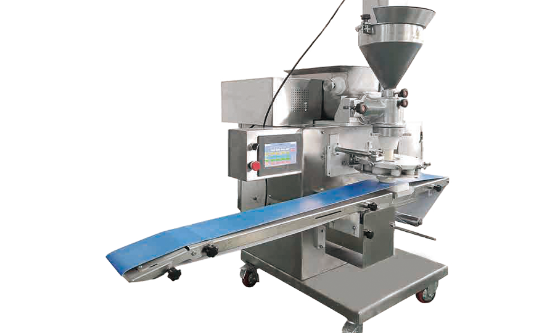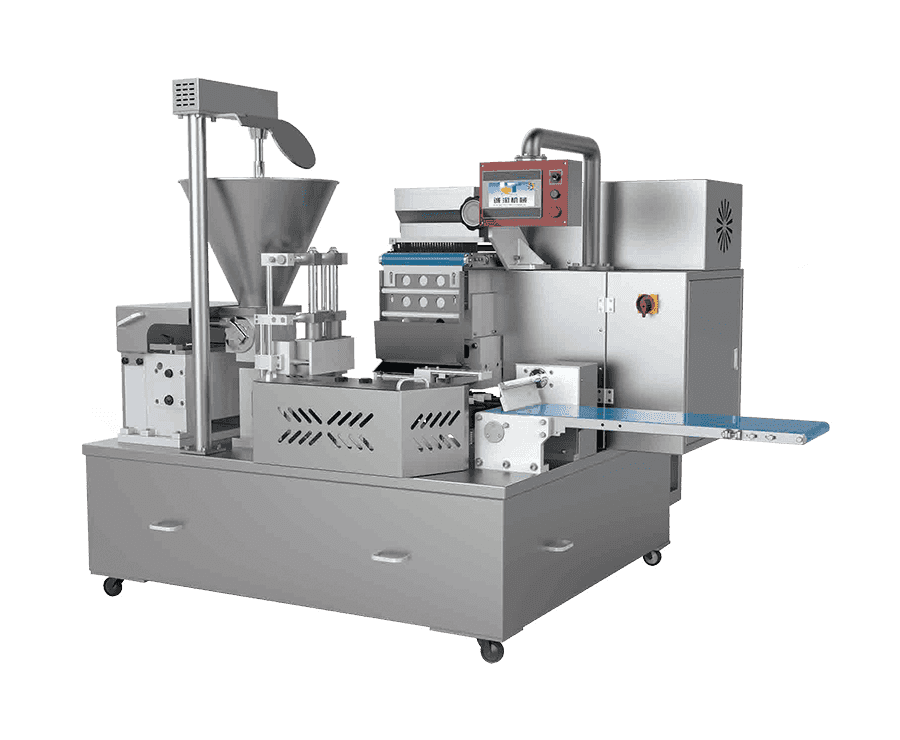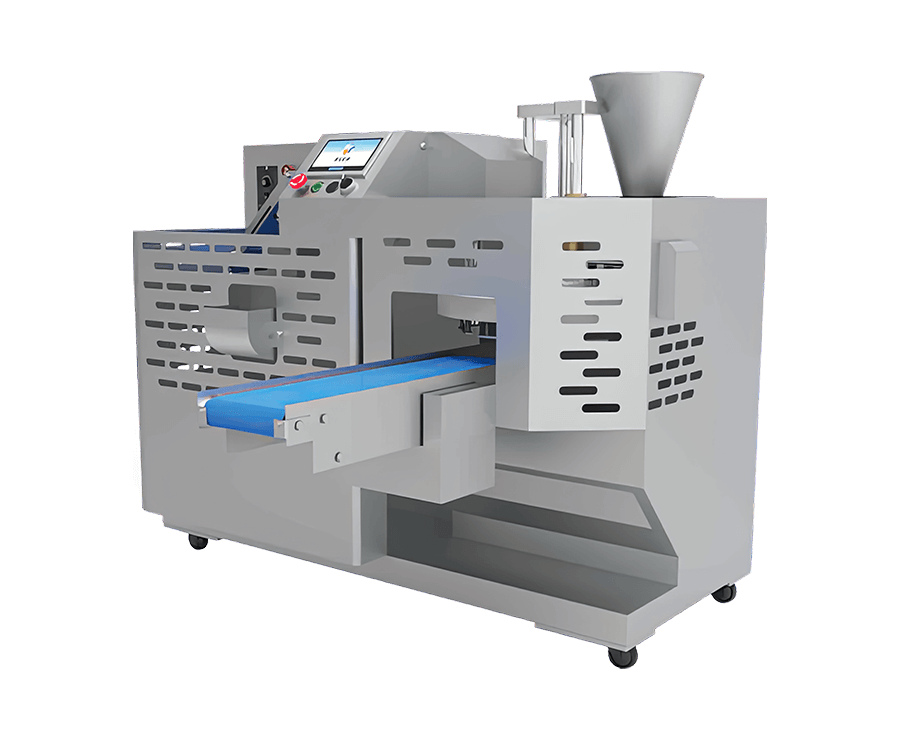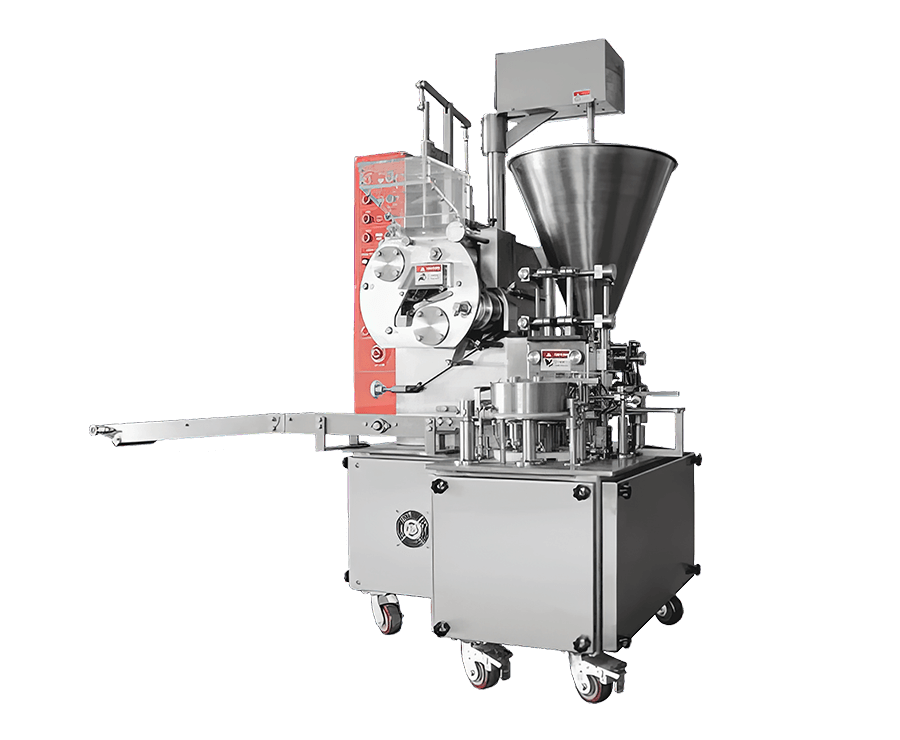Automatic Encrusting Machine Overview & Benefits
Overview of Automatic Encrusting Machines
Automatic encrusting machines are specialized equipment designed to form and fill dough-based products with precise shapes and fillings. Commonly used in bakeries, confectioneries, and food manufacturing, these machines automate the process of forming, filling, and shaping products such as buns, pastries, dumplings, and confectionery items. Their high efficiency and precision reduce labor costs and ensure consistent product quality.
Key Components of an Automatic Encrusting Machine
Understanding the components helps operators optimize performance and maintenance. Key parts include:
- Dough Hopper: Feeds the dough into the machine evenly.
- Filling Hopper: Stores and supplies the filling material, ensuring consistent portion sizes.
- Forming System: Shapes dough into specific sizes and encases the filling accurately.
- Cutting Unit: Cuts the encrusted product to uniform sizes for packaging or further processing.
- Conveyor System: Transports products smoothly through each stage of production.
Types of Automatic Encrusting Machines
Machines are classified based on their production capacity and application. The most common types include:
- Single-Feed Encrusting Machines: Suitable for small-scale production and simpler filling types.
- Multi-Feed Encrusting Machines: Capable of handling multiple fillings or dough types simultaneously.
- High-Speed Automatic Encrusting Machines: Designed for large-scale industrial production with continuous operation.
Applications in Food Production
Automatic encrusting machines are versatile and widely used in the food industry:
- Bakery: Filling bread, buns, and pastries with cream, chocolate, or jam.
- Confectionery: Producing chocolates, mooncakes, and other stuffed sweets.
- Snack Foods: Encrusting dumplings, buns, and savory snacks with meat, vegetable, or seafood fillings.
Benefits of Using Automatic Encrusting Machines
Investing in automatic encrusting machines brings several advantages to manufacturers:
- Increased production efficiency through automation.
- Consistent product size, shape, and filling distribution.
- Reduction of manual labor and human error.
- Improved hygiene due to minimal human contact with food.
- Adaptability to different product recipes and production scales.
Technical Specifications Comparison
Here is a sample comparison of different types of automatic encrusting machines:
| Model | Production Capacity (pcs/hour) | Dough Type | Filling Type |
| AE-100 | 2000 | Soft dough | Sweet fillings |
| AE-200 | 5000 | Medium dough | Sweet & Savory |
| AE-500 | 10000 | All-purpose dough | Multiple fillings |
Maintenance and Operation Tips
Proper maintenance ensures long-term efficiency and prevents downtime:
- Regularly clean dough and filling hoppers to prevent contamination.
- Inspect and lubricate moving parts according to the manufacturer’s schedule.
- Calibrate the forming and cutting systems periodically for consistent product size.
- Check electrical and pneumatic components for wear or leaks.
- Train operators on proper machine handling to maximize efficiency and safety.

 English
English Español
Español Français
Français русский
русский عربى
عربى







Contact Us